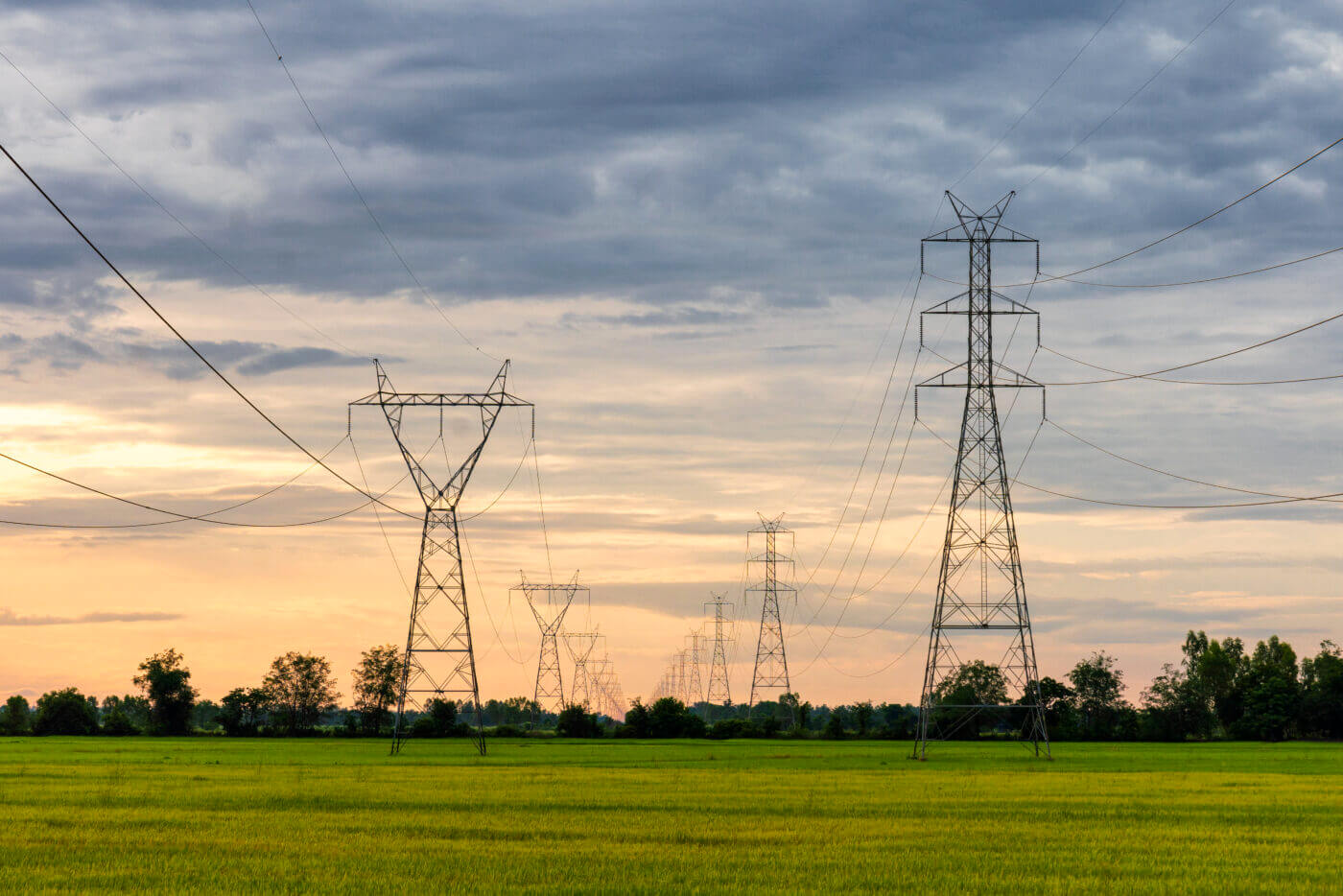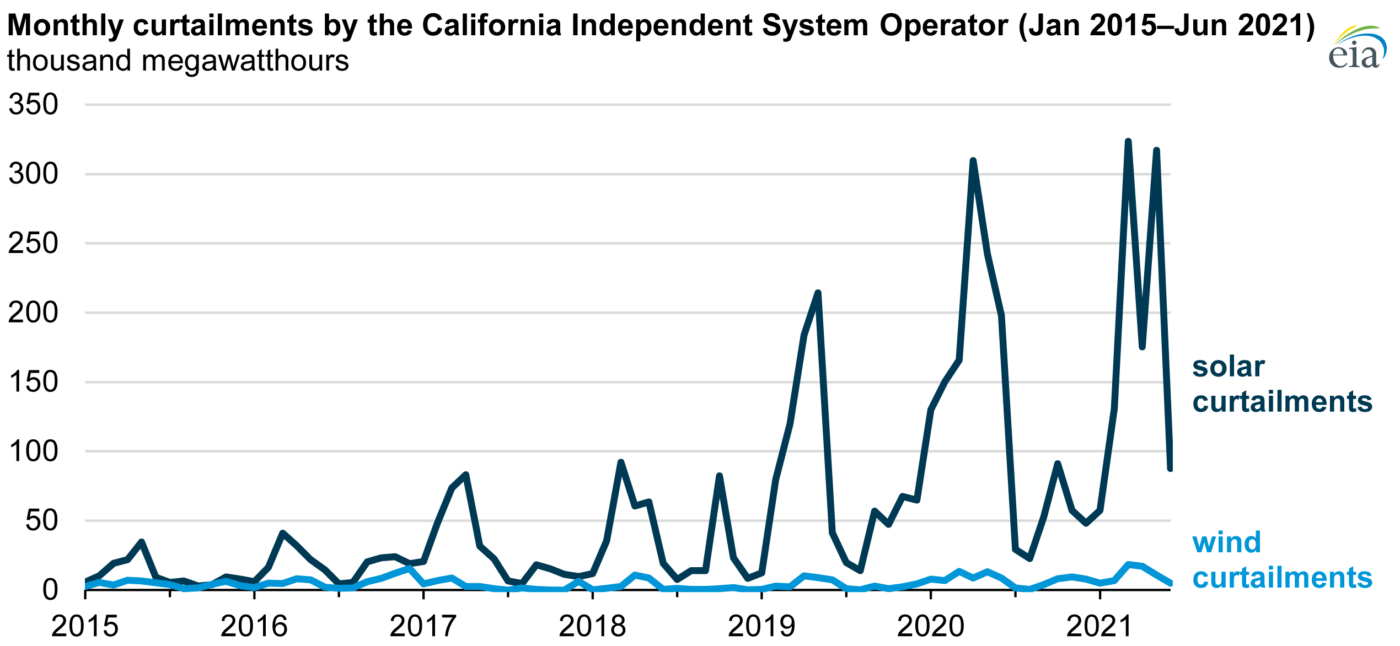
We need clean firm electricity for a decarbonized energy system
If we’re going to decarbonize, we’re going to need a lot more electricity. And if we’re going to do it successfully, affordably, and reliably, we’re going to need to deploy every type of zero-carbon energy technology available to us.
To decarbonize the grid, we must replace existing unabated fossil fuel systems with clean energy, as well as fill the gap left by retiring nuclear energy plants, and then double or triple that total to meet incremental demand from electrification in the transportation, residential, commercial, and industrial sectors. In the United States, this twofold challenge will require eight times the generation currently met by zero-carbon sources (Figure 1).1

Wind, solar, and battery storage will likely be a cornerstone of this future expanded electricity grid, but we likely cannot rely on these alone, as they’re weather dependent — varying in output by a factor of two or more depending on the hour, day, and season — and unavailable on demand to match the electricity load.2 Even if we were able to supply all or nearly of our electricity from these sources, maintaining reliability and containing costs in such a system is likely to require substantial amounts of non-weather-dependent, always-available zero-carbon power, i.e. clean firm power.

Academic and industry studies consistently show that achieving such a transition in a timely and affordable manner hinges on allowing clean firm generation technologies to complement wind, solar, and storage within the electricity mix. These sources include geothermal energy, hydrogen combustion, biomass and gas with carbon capture, and nuclear energy.3 They can provide electricity at any hour of the day, any day of the year regardless of season or weather.
And clean firm generation is critical to the energy transition for reasons beyond reliability. Here are five of them:
1. Clean firm power reduces the need for over-built capacity of wind and solar
An electricity system without firm and dispatchable generation requires wind and solar capacity to be sized to meet the largest seasonal and daily load. During times of peak wind and solar, this results in excess generation beyond what is needed to balance the load. Some of this excess generation could be used to replenish storage and may be used to generate hydrogen via electrolysis. However, much of this oversupply would likely be curtailed (i.e., purposefully shut down). For example, Figure 3 shows historical curtailment of wind and solar in the California Independent System Operator (“CAISO”) system.4 This excess installed capacity of wind and solar would be expensive, use more land and critical minerals, and increase transmission requirements – all significant challenges described more below.

2. Clean firm power reduces the need for expensive, rarely called upon, long duration storage capacity
Short duration storage can typically provide electricity for 4-hour periods. However, there are likely to be prolonged periods, from multiple days to even months, of shortages throughout a typical year (Figure 4).5 Therefore, storage needs to be sized to peak annual required state of charge, not peak daily demand. In this example, meeting this “energy gap” and maintaining reliability in this system without clean firm power would require installation of extensive storage capacity (33 TWh of storage) to meet the 68 day shortage period. This storage build out would require extensive infrastructure at high cost, most of which is only used one time per year.


3. Clean firm power reduces the mileage and quantity of new transmission lines needed to be built
Due to the dispersed nature of the variable renewable generators, each cluster, and occasionally individual plants, require a transmission line to connect to the main (“bulk”) transmission line. A recent study of California found that a grid relying exclusively on dispersed variable sources that would need to be balanced would triple the amount of transmission lines required versus a system with clean firm power such as nuclear energy,6 yet California is presently only permitting a few such lines per decade, with recent average delay times of 10 years.7 Similar decade long waiting times have been observed in the UK.8 Planning and building these transmission lines takes time, and most transmission planning entities have not been equipped, staffed, or funded properly to evaluate these interconnection requests in an efficient manner. The costs of these infrastructure upgrades also make the ultimate project cost uncertain but likely to increase as the best sites with easier access to transmission lines are used up and could offset any additional decreases in wind and solar technology costs.
4. Clean firm power reduces reliance on wide-spread and consistent demand-side shifting to maintain reliability
The variable nature of wind and solar throughout the day would require a transformation in how we use our electricity. In today’s grid, electricity generation is adjusted throughout the day to meet our demand. In a wind and solar grid without firm generation, the opposite must be true; even with a high degree of storage, we would have to adjust our demand to follow the wind and solar daily generation patterns. This is often called ‘demand flexibility,’ and includes industrial, commercial, and residential measures such as reducing factory output at times of low sun or wind, controlling when electric vehicles are charged, and turning on/off heating, cooling, and refrigeration to match the generation.
While this is theoretically possible, it would take an immense amount of operational oversight and an unproven degree of societal participation and behavioral modifications coupled with stringent government policies. Including clean firm generation in the grid mix drastically reduces the reliance on these demand side flexible measures by being able to ramp up electricity supply to meet demand, as fossil and existing nuclear generation does in our current grid.
5. Clean firm power increases the speed of the energy transition
Mitigating the worst effects of climate change relies on us rapidly decarbonizing the energy system, and meeting our energy demand with renewables alone would delay the transition due to the sheer number of projects that would need to be developed and sited to install enough wind and solar capacity. Siting will only become more difficult as wind and solar cumulative capacity increases due to competing land uses, fewer amenable land owners, increasing distance from bulk transmission, and increasing public opposition (Figure 5), as is further discussed below.

To be clear, this is not a clean firm vs. variable renewable debate. We need both. Combining clean firm sources with wind and solar would reduce the total transition cost and time horizon by between 60-110% (depending upon the modeling study and scenario specifications and assumptions).10 For example, a 2021 EPRI study found that a 100% renewable scenario would cost $500B to $800B more than a technology diverse net-zero emissions scenario, for 2050 and 2035 time horizons, respectively.11 A study of the 100% carbon free electricity pathways in California harmonized assumptions across three different models and found supplementing wind, solar, and storage with clean firm generation could cut the clean electricity grid system costs by as much as half (Figure 6).12

Meeting the supercharged demand for electricity while simultaneously decarbonizing the grid and maintaining reliability will be an enormous challenge, and one that underscores the need for clean firm power to complement variable renewables. To meet this challenge, we need every carbon-free energy source we can get our hands on. That means investing in new carbon-free pathways while simultaneously sustaining existing carbon-free energy sources as part of our portfolio of clean energy solutions.
1 Data from Eric Larson et al., Princeton University, Net-Zero America: Potential Pathways, Infrastructure, and Impacts, interim report (2020), https://netzeroamerica.princeton.edu/img/Princeton_NZA_Interim_Report_15_Dec_2020_FINAL.pdf
2 See generally Dan Tong et al., Geophysical constraints on the reliability of solar and wind power worldwide, Nature Commc’n, Oct. 22, 2021, https://www.nature.com/articles/s41467-021-26355-z
3 A review of 7 national studies found the average clean firm power share to be 35% of the projected net-zero generation mix. See The NorthBridge Group, Review and Assessment of Literature on Deep Decarbonization in the United States: Importance of System Scale and Technological Diversity 11 (2021), https://cdn.catf.us/wp-content/uploads/2021/06/21092235/NorthBridge_Deep_Decarbonization_Literature_Review.pdf
4 U.S. EIA, California’s curtailments of solar electricity generation continue to increase, Today in Energy, (Aug. 24, 2021), https://www.eia.gov/todayinenergy/detail.php?id=49276
5 Jesse Jenkins, Princeton University (2019), unpublished analysis performed for CATF, available on request
6 See Jane Long, et al, Clean Firm Power is the key to California’s Carbon-Free Energy Future, Issues in Science and Technology (2021), https://www.edf.org/sites/default/files/documents/LongCA.pdf
7 Alex Breckel et al., Growing the Grid: A Plan to Accelerate California’s Clean Energy Transition (2022), https://cdn.catf.us/wp-content/uploads/2022/10/11081420/growing-grid-plan-accelerate-californias-clean-energy-transition.pdf
8 Gil Plimmer, Renewables projects face 10-year wait to connect to electricity grid, Financial Times (May 8, 2022) https://www.ft.com/content/7c674f56-9028-48a3-8cbf-c1c8b10868ba
9 CATF, based on unpublished work by Lucid Catalyst; figure available on request
10 See, e.g., Nestor Sepulveda et al., The Role of Firm Low-Carbon Electricity Resources in Deep Decarbonization of Power Generation, Joule, Oct. 17, 2018, https://www.researchgate.net/publication/327480033_The_Role_of_Firm_Low-Carbon_Electricity_Resources_in_Deep_Decarbonization_of_Power_Generation; Christopher Clack, Bipartisan Policy Center, Modeling Renewable Energy, Clean Technologies and Electrification for Deep Decarbonization Future (2019), https://vibrantcleanenergy.com/wp-content/uploads/2019/05/BPPC-VCE_RevCF-_31May2019.pdf; Ejeong Baik et al., What is different about different net-zero carbon electricity systems?, Energy & Climate Change Jul. 10, 2021, https://www.sciencedirect.com/science/article/pii/S2666278721000234; James Williams et al., Carbon Neutral Pathways for the United States, AGU Advances, Jan. 14, 2021, https://agupubs.onlinelibrary.wiley.com/doi/full/10.1029/2020AV000284; and Jamil Farbes et al., Evolved Energy Research, Federal Policy for Low-Carbon, High-Renewables Electricity (2020), file:///Users/toddwarshawsky/Downloads/Policy_LowCarbonElectricity_20201111.pdf
11 Geoffrey Blanford et al., Electric Power Rsch. Inst., Powering Decarbonization: Strategies for Net-Zero CO2 Emissions (2021), https://www.epri.com/research/products/3002020700
12 Baik et al., supra note 21, at 5.



